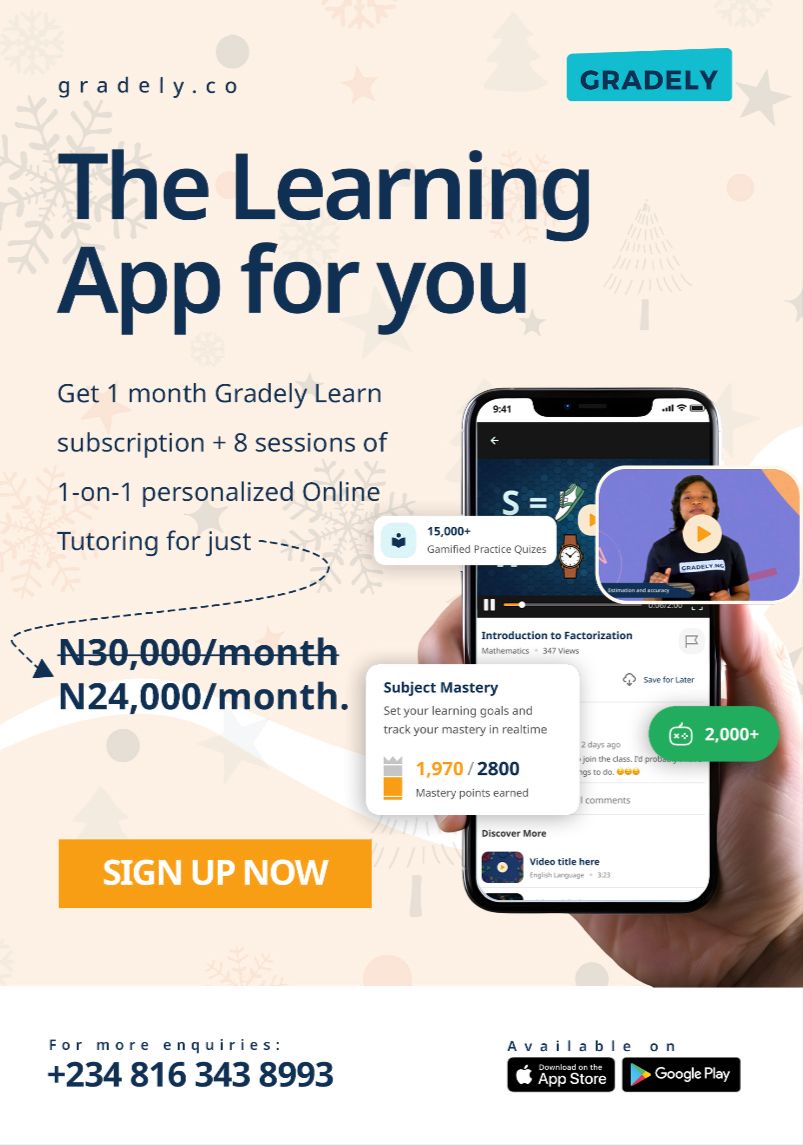
I grew up watching my mom, a teacher in a government-owned school, write a lesson plan every weekend and sometimes in the evenings. She would write out her objectives (what she wanted her students to learn), activity type (how she planned to teach it), and homework (the way to know if her class was successful or not).
In this article, we will be discussing the components of a good lesson plan and how to make one, and also the benefits of a well-structured lesson plan. benefits, and components of a good lesson plan.
Advantages of Creating a Lesson Plan
You can never predict everything that will happen while you’re teaching but the only thing you can do is to create a lesson plan. That prepares you to manage and handle a situation effectively, teach, and respond to your student’s questions.
Let’s examine the benefits of creating a lesson plan for your next class:
1. Inspire confidence
As a teacher, you must be in charge of the class, no matter what you must not allow your students to be in control. And that’s exactly what the lesson plan helps you to do. It builds up your confidence, which will help easily keep everyone focused and on track.
2. Evaluation of your lessons
You don’t wait for anyone to evaluate your lesson, you do it yourself. Your lesson plan helps you to evaluate your teaching methods and compare them with what you prepared. And without waiting for anyone to say anything, you have done some adjustments to your teaching methods.
3. Organization
Thinking in an organized manner helps the teacher to handle the class which stops students from misbehaving during the class.
4. Guidance for substitute teachers
Your lesson plan has to be simple and detailed enough that by merely looking at it by a substitute teacher, he or she will be able to know what you plan to teach. This means it is easier for them to stay on track to meet any objectives set for them.
Components of a Lesson Plan
While there’s no agreed way of writing or creating a lesson plan, there are important components that must be included when creating one.
Every lesson you create is a segment you plan to teach your students something new. As you create a lesson plan, you must have your students on your mind and be sure to have a clear understanding of the following:
1. Your students’ prior knowledge of a subject
Knowing what your students have learned previously can help you create lesson plans. And it’s expected you create your lesson plan with the curriculum to enable you to continue on the path of building on what you have already taught your students.
2. Know the best way your students learn
As a teacher, you must know the best way your students learn. This is your primary duty to know that interactive learning will be of more help to younger students. While lectures and Slideshare can help older students learn better.
Steps to Creating a Good Lesson Plan
1. Identify your objectives
You must have an objective before creating a lesson plan. Ask yourself questions like “what do I want to achieve at the end of this lesson? & what are those things my students are to learn at the end of this lesson?”
2. Understand the needs of your students
You can’t solve a problem without understanding the problem first. This means you have to know when to introduce new material or topics and be able to communicate adequately to engage with your students.
3. Plan your materials and resources
List all the materials and resources you need in teaching your students such as paper, pencil, pen, educational apps, etc. This will be useful in illustrations and demonstrations because it will your students to learn faster because of the real-life examples you will be showing them.
4. Engage your students
What’s the point of your lesson if your students are not interested in what you are teaching? So you have to engage them by sharing a story to get their attention and for them to pay attention.
5. Instruct and present information
Your class is meant to be educational, entertaining, and inspiring. Combining these three features should be able to get your students to pay attention by listening carefully and also engaged by asking questions that will make the interactive.
6. Allowing the students to practice
The objective of every teacher is to see their students practice what they were taught and without any form of difficulty, the students replicate the knowledge. That’s how to know whether your lesson was successful or not.
7. End the class
To end the class, you need to create that consciousness in your students that they were recently taught a topic. Moreover, it is advised for you to summarize by highlighting the main keywords or phrases of the class.
8. Evaluate your lesson
Evaluation starts with questions and answers in the classroom, which can be turned into a short test or quiz. This helps you to know the area the students are having challenges in and how to improve your teaching method to come up with creative lesson plans and teaching skills.
To further help you, you can make a copy of our free lesson plan template here.
Share Post:
Eniola Makinde
Get our latest articles in your inbox. Sign up for email alerts.



